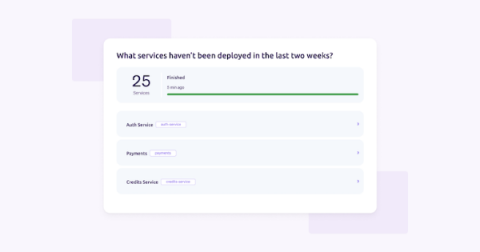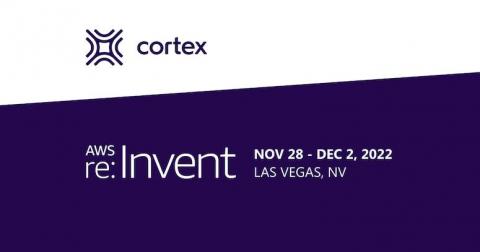Introducing CQL reports
Reporting is essential when managing a microservice architecture. Without some kind of reporting tool, it’s significantly more difficult to gain insight into how services and resources are functioning. Software teams need this insight in order to make meaningful progress — without reporting, it’s hard to even know where progress needs to be made. With the introduction of CQL reports, Cortex gives you more visibility than ever before.











